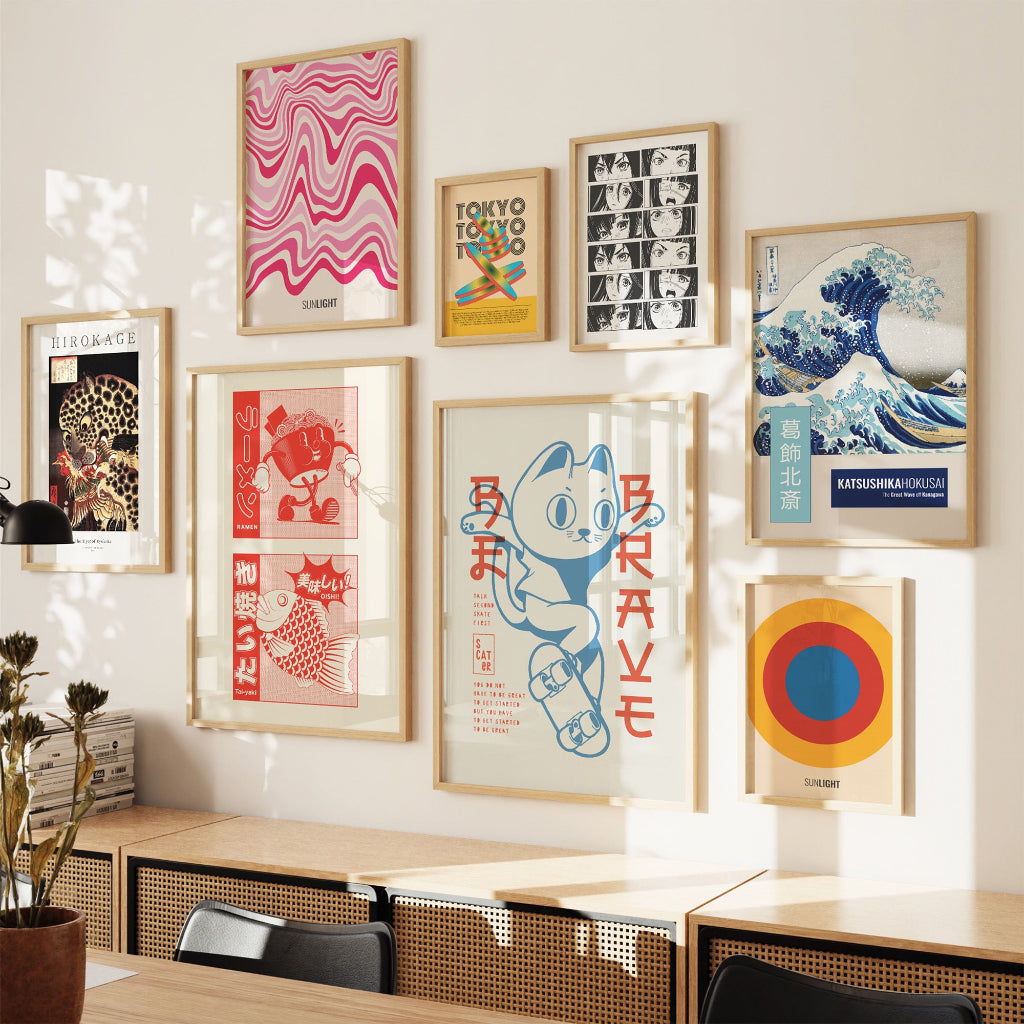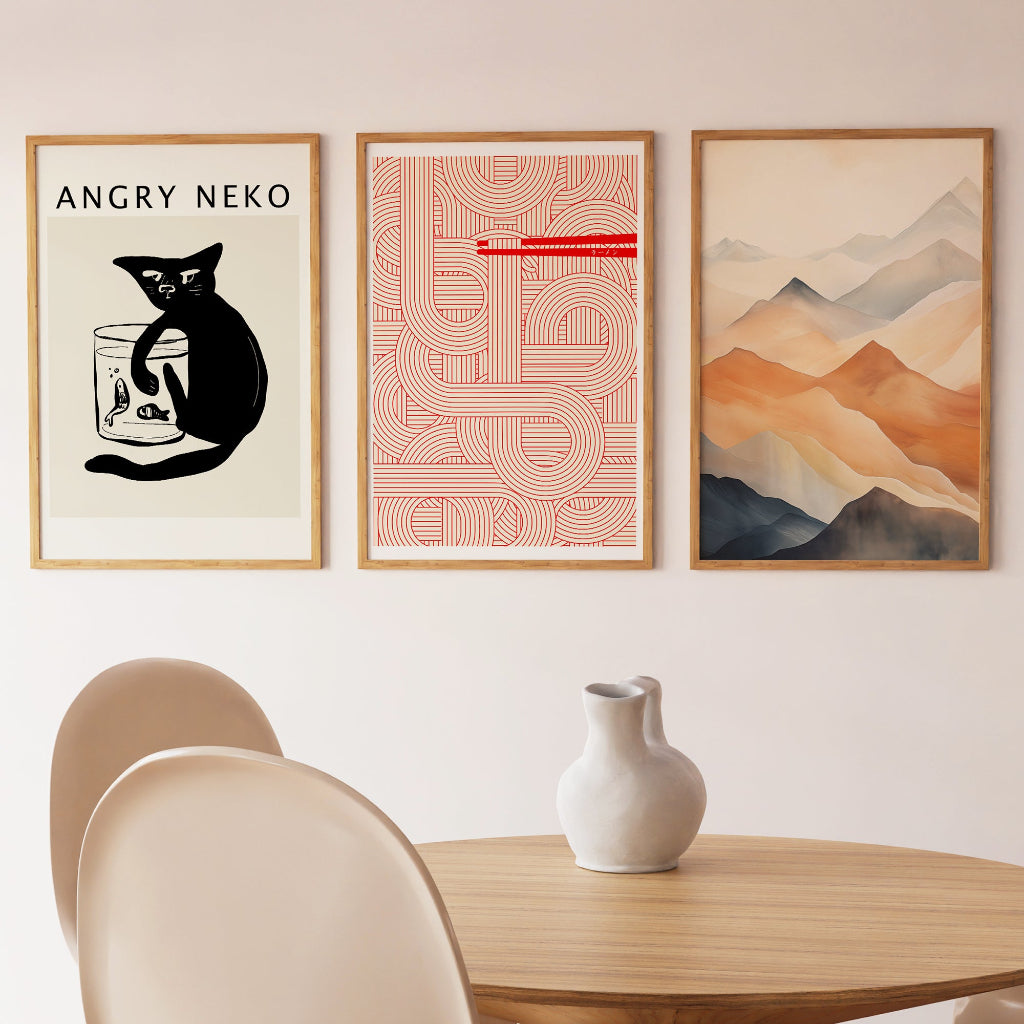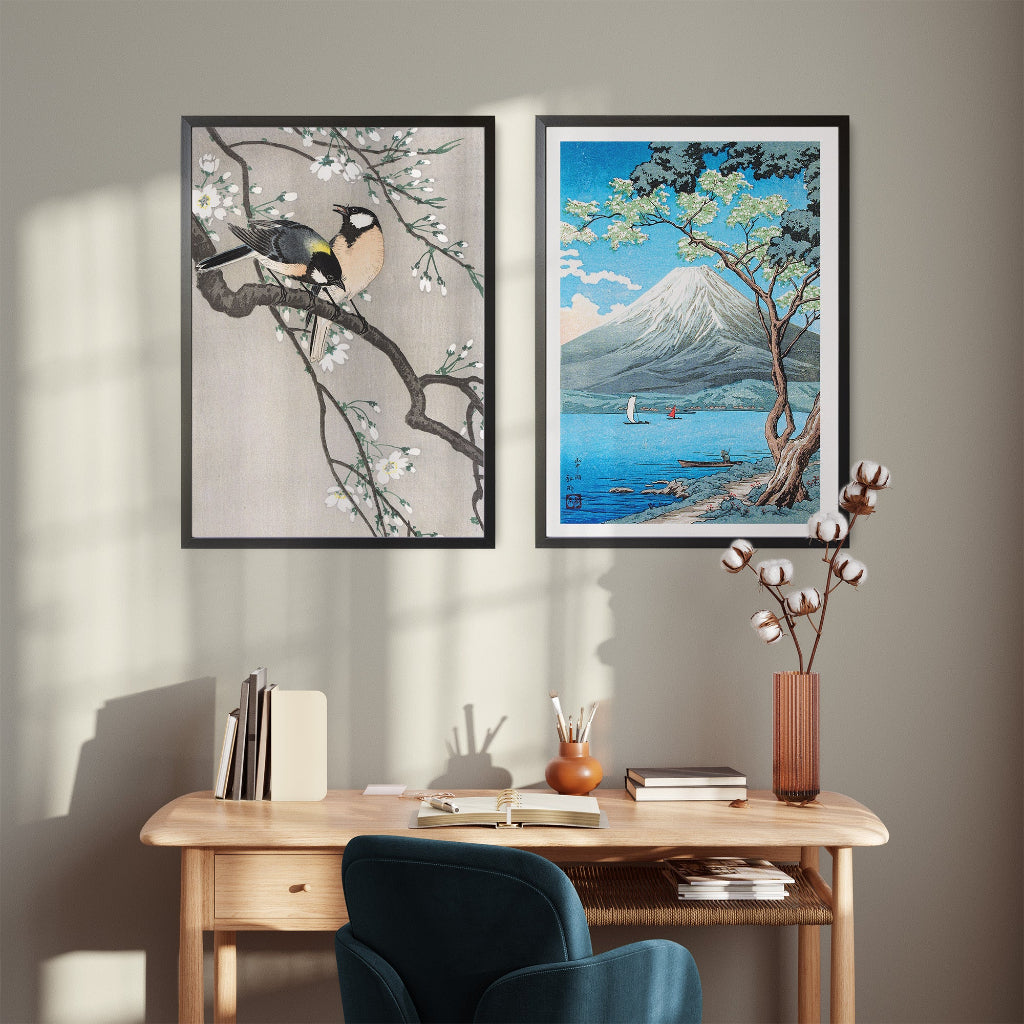
Kitagawa Utamaro, portrait by Eishi Hosoda, 1815
Kitagawa Utamaro (circa 1753–1806) stands as a titan of the Japanese Ukiyo-e woodblock print tradition, immortalized for his exceptionally refined and psychologically nuanced depictions of women, a genre known as bijin-ga. While the exact details of his birth and early life remain somewhat obscure, he was active in Edo (present-day Tokyo) and is believed to have been a pupil of the painter Toriyama Sekien.
Utamaro's artistic journey began with various commissions, including actor prints and book illustrations, but his genius truly blossomed in the late 1780s and 1790s when he began to specialize in portraying female beauty. He moved beyond mere idealized representations, striving to capture the unique character, subtle emotions, and inherent sensuality of his subjects. His models were often drawn from the world of the Yoshiwara pleasure quarters – courtesans, geishas – as well as teahouse waitresses and women engaged in everyday activities, offering a broad spectrum of femininity. Utamaro's innovation lay significantly in his compositional choices. He frequent . . . Read More >>

Kitagawa Utamaro, portrait by Eishi Hosoda, 1815
Kitagawa Utamaro (circa 1753–1806) stands as a titan of the Japanese Ukiyo-e woodblock print tradition, immortalized for his exceptionally refined and psychologically nuanced depictions of women, a genre known as bijin-ga. While the exact details of his birth and early life remain somewhat obscure, he was active in Edo (present-day Tokyo) and is believed to have been a pupil of the painter Toriyama Sekien.
Utamaro's artistic journey began with various commissions, including actor prints and book illustrations, but his genius truly blossomed in the late 1780s and 1790s when he began to specialize in portraying female beauty. He moved beyond mere idealized representations, striving to capture the unique character, subtle emotions, and inherent sensuality of his subjects. His models were often drawn from the world of the Yoshiwara pleasure quarters – courtesans, geishas – as well as teahouse waitresses and women engaged in everyday activities, offering a broad spectrum of femininity. Utamaro's innovation lay significantly in his compositional choices. He frequently employed ōkubi-e (large-head pictures), which brought the viewer into an intimate proximity with the subject, allowing for a deeper exploration of facial expression and mood. His prints are characterized by remarkably fine and elegant linework, sophisticated and harmonious color palettes, and the use of luxurious printing techniques such as mica (kirazuri) to create shimmering, opulent backgrounds. Iconic series like 'Ten Studies in Female Physiognomy', 'Anthology of Poems: The Love Section' and 'Great Love Themes of Classical Poetry' exemplify his mastery in conveying complex emotions and individual personalities with astonishing subtlety. He was a contemporary of artists like Eishi Hosoda, another notable bijin-ga specialist whose figures often appeared more slender and aristocratically aloof, and Sharaku, famed for his dynamic and often unflattering actor portraits. Utamaro's women, by contrast, often exuded a softer, more approachable sensuality.
A significant downturn in his career occurred in 1804 when he produced prints depicting the 16th-century military leader Toyotomi Hideyoshi with his consorts. This was deemed an act of lèse-majesté by the ruling Tokugawa shogunate, leading to Utamaro's brief imprisonment and, according to some accounts, being placed in manacles for 50 days. This ordeal is said to have deeply affected him, and his health declined, leading to his death two years later. Despite this, Utamaro's impact on Ukiyo-e, particularly the bijin-ga genre, was profound and lasting. His works were highly coveted during his lifetime and became influential in the West, contributing to the Japonisme phenomenon that captivated European artists in the late 19th century.
Kitagawa Utamaro is remembered for elevating the art of portraying women in Ukiyo-e to new heights of artistic sophistication and psychological insight, leaving behind a legacy of some of the most iconic images of beauty in Japanese art.
If you want to know more about the artist: Utamaro - Wikipedia
<< Read Less
















